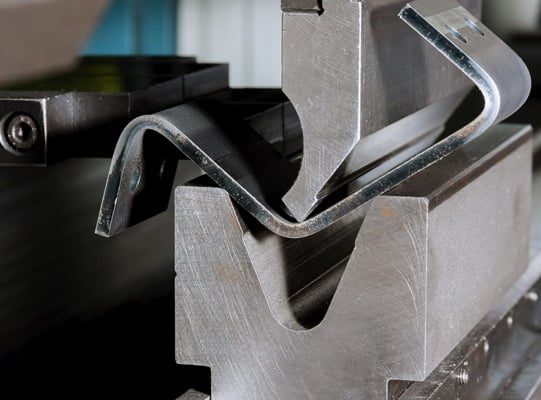What is yield strength?
For yield strength, think of a rubber band. Stretch it gently and it will return to its original shape. But stretch it too far, and it will stay stretched, permanently deformed. This point of no return is called the yield strength.

Why is it important?
- Engineering and Design: Engineers use yield strength to determine the maximum load a material can withstand without permanent deformation. This is crucial in designing structures like bridges, buildings, and machinery.
- Material Selection: When choosing a material for a specific application, its yield strength is a key factor. A material with a high yield strength is more resistant to deformation and can handle heavier loads.
- Quality Control: Manufacturers use yield strength testing to ensure that their products meet the required standards and are safe for use.
Factors Affecting Yield Strength:
- Material Composition: The type of material and its alloying elements significantly influence its yield strength. For example, steel alloys with higher carbon content generally have higher yield strengths.
- Processing Methods: The way a material is manufactured, such as heat treatment or cold working, can alter its yield strength. For instance, cold working can increase the yield strength by introducing dislocations into the material’s crystal structure.
- Environmental Factors: Temperature, humidity, and exposure to corrosive substances can affect a material’s yield strength over time.
- In essence, yield strength is a critical property that determines a material’s ability to resist deformation under stress. Understanding yield strength is essential for engineers, designers, and manufacturers who need to select and use materials appropriately.
Key Factors Affecting Yield Strength:
- Material Composition: The chemical composition of a material significantly influences its yield strength. For instance, steel alloys with higher carbon content generally exhibit higher yield strengths due to the strengthening effect of carbon atoms within the crystal lattice.
- Processing Methods: The manufacturing processes employed can alter a material’s yield strength. Cold working, which involves deforming a material at room temperature, can increase its yield strength by introducing dislocations into the crystal structure. Heat treatment processes, such as annealing, can reduce yield strength by relieving internal stresses.
- Environmental Factors: Exposure to temperature, humidity, and corrosive substances can degrade a material’s yield strength over time. For example, prolonged exposure to high temperatures can lead to creep, a time-dependent deformation that reduces the material’s effective yield strength.
Significance of Yield Strength:
- Structural Design: Engineers use yield strength as a fundamental parameter in designing structures. By knowing the yield strength of a material, they can determine the maximum load it can safely carry without experiencing permanent deformation. This ensures the structural integrity and safety of buildings, bridges, and other structures.
- Material Selection: The selection of materials for specific applications is heavily influenced by their yield strength. Materials with higher yield strengths are preferred for applications where resistance to deformation is paramount. For instance, in aerospace engineering, where weight reduction is critical, materials with high strength-to-weight ratios (often achieved through high yield strengths) are sought after.
- Quality Control: Manufacturers use yield strength testing to ensure that their products meet the required standards. By measuring the yield strength of materials, they can verify that the materials used in their products are of sufficient quality and can withstand the intended loads.
In summary, yield strength is a crucial property that determines a material’s ability to resist deformation under stress. Understanding yield strength is essential for engineers, designers, and manufacturers who need to select and use materials appropriately to ensure the safety, reliability, and performance of their structures and products.
Sure, let’s make it more casual.
Tensile strength is basically how strong a material is when you pull on it. Think of it like a tug-of-war between you and the material. The stronger the material, the harder it is to pull it apart.

Here are some things that affect tensile strength:
- What the material is made of: Some materials are naturally stronger than others.
- How the material was made: The way a material is processed can make it stronger or weaker.
- The size of the material: Bigger materials are generally stronger.
- How much you pull on it: The more you pull, the more likely the material is to break.
Tensile strength is important for a lot of things, like building bridges, making cars, and even designing your phone. It helps us choose the right materials for different jobs.
Yield strength, what is yield strength, tensile yield strength, material yield strength, yield strength vs tensile strength, yield strength formula, yield strength of steel, mechanical properties yield strength,